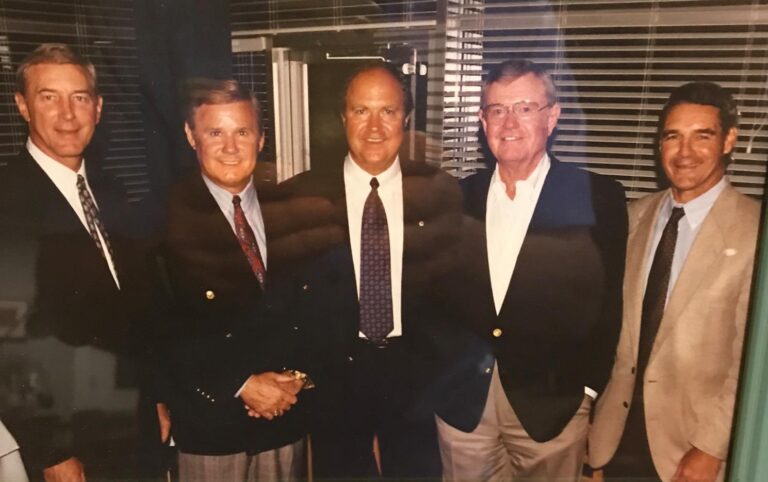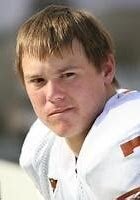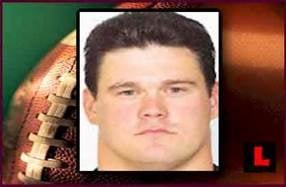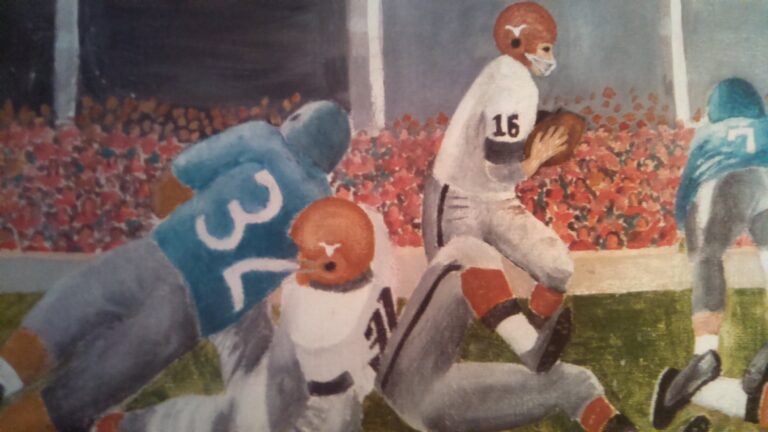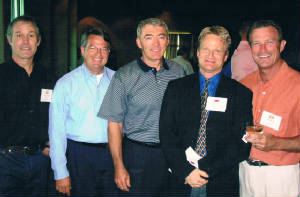Theodore Roosevelt saved football
Edited version on How Teddy Roosevelt helped save football
By Katie Zezima
May 29, 2014 at 8:00 a.m. EDT
In 1905, President Theodore Roosevelt – an avowed football fan – summoned coaches and athletic advisers from Harvard University, Yale University and Princeton University to the White House to discuss how to improve the game of football, “especially by reducing the element of brutality in play,” The Washington Post wrote in an Oct. 10, 1905 article.
The changes inspired in part by Roosevelt were the first steps in a long line of reforms to make football safer.
Football at the time was particularly dangerous and violent. In 1905 alone, at least 18 people died and more than 150 were injured playing football. According to the Washington Post, at least 45 football players died from 1900 to October 1905, many from internal injuries, broken necks, concussions or broken backs.
“Nearly every death may be traced to ‘unnecessary roughness.’ Picked up unconscious from beneath a mass of other players, it was generally found that the victim had been kicked in the head or stomach, so as to cause internal injuries or concussion of the brain, which, sooner or later, ended life,” The Post wrote on Oct. 15, 1905.
Football at the turn of the 20th century was more akin to rugby. The ball was roughly the size of a watermelon. Forward passes were not allowed, leading to short lateral tosses, large scrums of players jockeying for the ball and vicious hits.
Roosevelt liked football and apparently thought being roughed up wasn’t necessarily a bad thing (“I believe in outdoor games, and I do not mind in the least that they are rough games, or that those who take part in them are occasionally injured,” Roosevelt said at the time).
But Roosevelt, a Harvard graduate, had a personal stake – his son was injured while playing as a freshman at Harvard, “bleeding profusely” from a cut over his eye – and the nation was aghast at the number of young men who died or were seriously injured playing the game.
People were especially shaken by the November 1905 death of Union College halfback Harold Moore, who died of a cerebral hemorrhage after being kicked in the head while trying to tackle a New York University player. A cartoon in the Cincinnati Commercial Tribune showed the Grim Reaper atop a goal post.
“There’s this social and political movement that rises up to outlaw the sport. It’s led by the president of Harvard and a number of other well-known figures. They equate football with homicide and think it has no place in civilized society and they just want to get rid of it,” said John J. Miller, author of “The Big Scrum: How Teddy Roosevelt Saved Football.”
Columbia, Duke and Northwestern suspended their football programs. Secretary of War William Howard Taft said he would “make an example of any West Point cadet who plays rough football” and have him dismissed if necessary. According to The New York Times, Harvard President Charles Eliot said that football was “more brutalizing than prizefighting, cockfighting or bullfighting.” Other schools switched from football to rugby. Roosevelt wanted to reform the game but complained in a letter that Eliot wanted to “emasculate” it.
Roosevelt again called Harvard, Yale and other football coaches and officials to the White House in December 1905, “with a view to such modifications of the rules as would eliminate its brutal features,” the Post wrote.
Roosevelt was, in many ways, trying to negotiate between two factions: Harvard coach William T. Reid, Jr., who wanted to reform the game, and Yale Coach Walter Camp, known as the “father of American football,” who did not, said Miller.
A committee was formed after the 1905 season – spurred in large part by Moore’s death – to look at changing the rules. Reid played a prominent role, as did Paul Dashiell, then the head coach at the U.S. Naval Academy, whom Roosevelt conscripted to sit on the rules committee.
Roosevelt, Miller said, played a big role behind the scenes. But Michael Oriard, a football cultural historian and retired American literature professor at Oregon State University, said in an interview that Roosevelt’s role in reforming the sport has become exaggerated over the year.
“Roosevelt’s actual impact was not nearly as big as some people would claim,” said Oriard, a former Kansas City Chiefs offensive lineman. Was it not for the death of Moore, Oriard said, “things would not have changed.”
The rules were changed for the 1906 season, but confusion reigned. The Post recruited the head coach at Swarthmore College to write a series of articles called “How to Play Football.”
The new rules allowed for forward passing of the ball – adding the position now known as wide receiver and turning football into the sport we’re now familiar with. Allowing the forward pass opened up the game, spreading the players out across the entire field. It was a change designed to eliminate packs of players scrambling and viciously vying for the football, which is where many injuries were sustained. The new rules stopped the game when a player fell on the ball in order to eliminate heaps of men trying to get the ball, and allowed the ball to be kicked down the field.
It took a few years for the rules to shake out, Miller said. In 1913, a university in rural Indiana cemented its football legacy by demonstrating a proficiency at the passing game, establishing the gridiron legend of Notre Dame. In 1920, the National Football League was founded.
The most important safety feature we now have – helmets – were not required until much later. The NCAA made helmets mandatory in 1939, according to “The Anatomy of a Game: Football, the Rules and the Men Who Made the Game,” by David M. Nealson. The NFL required helmets in 1943. The NFL has not mandated helmet models that have shown in tests to be better against shielding the head against hits that can cause concussions.
The White House’s prior role in reforming football was not known to the current administration. Administration officials were not aware of Roosevelt’s efforts to impose greater safeguards on football until planning for the summit was underway, according to a White House aide.
Juliet Eilperin contributed reporting.
